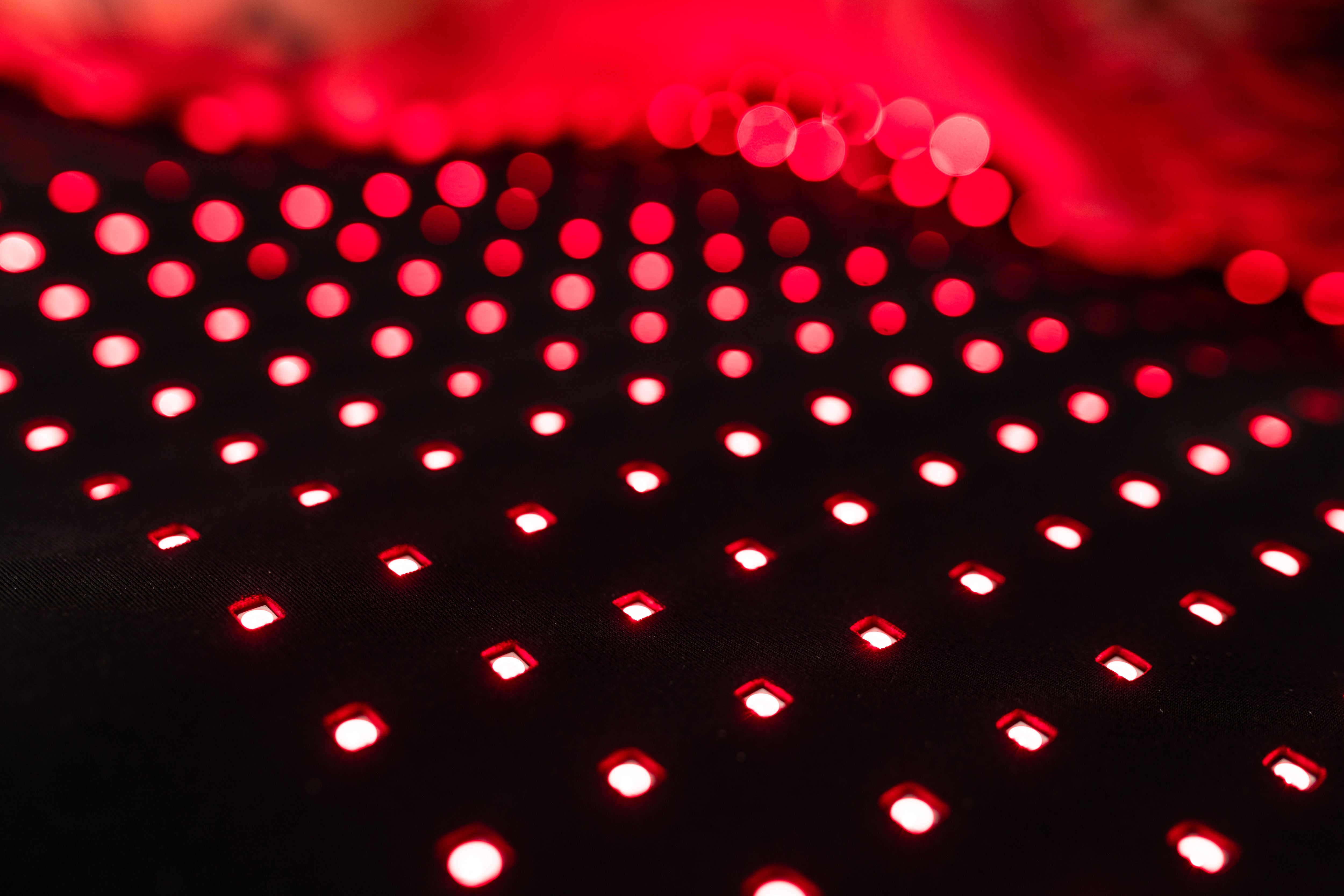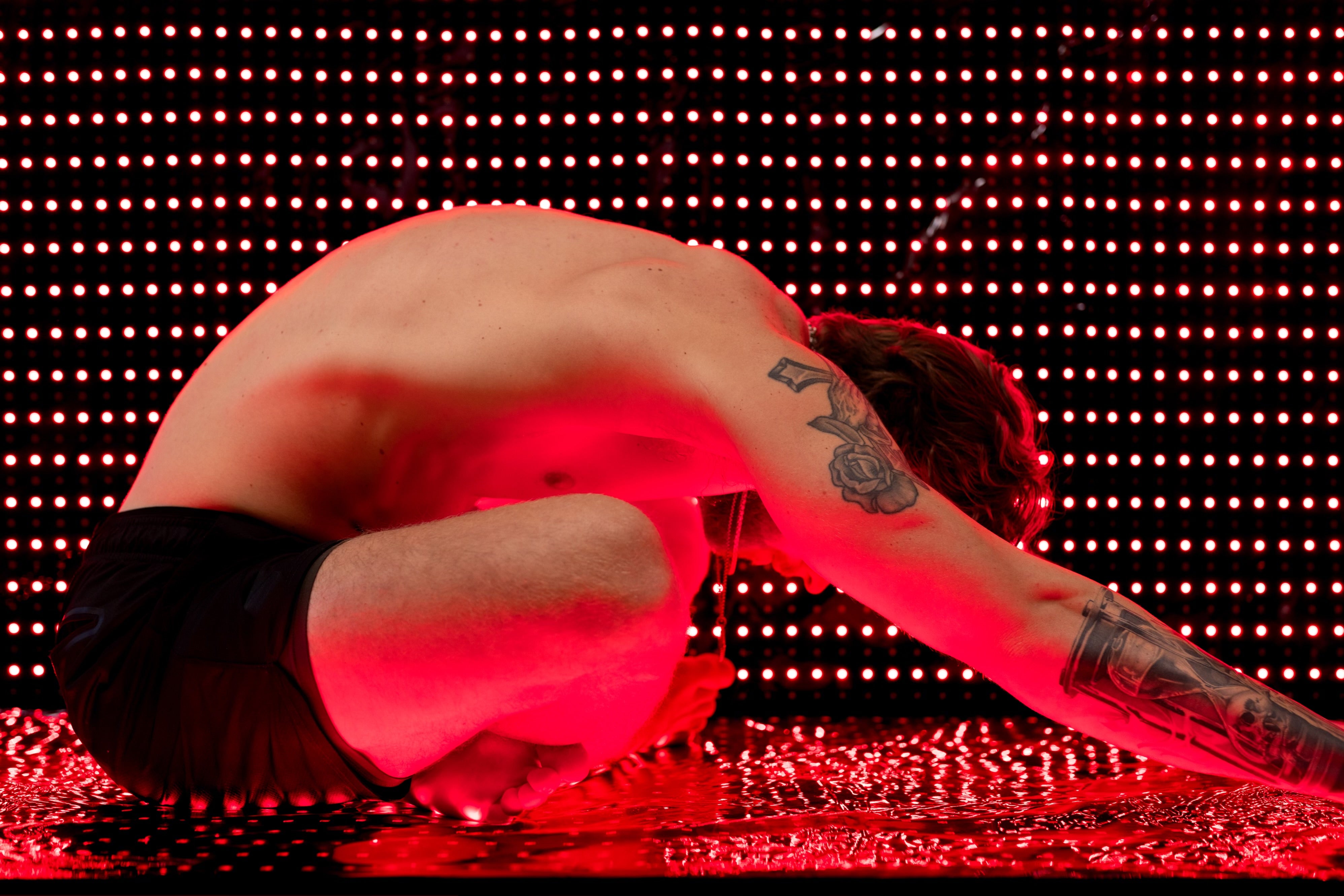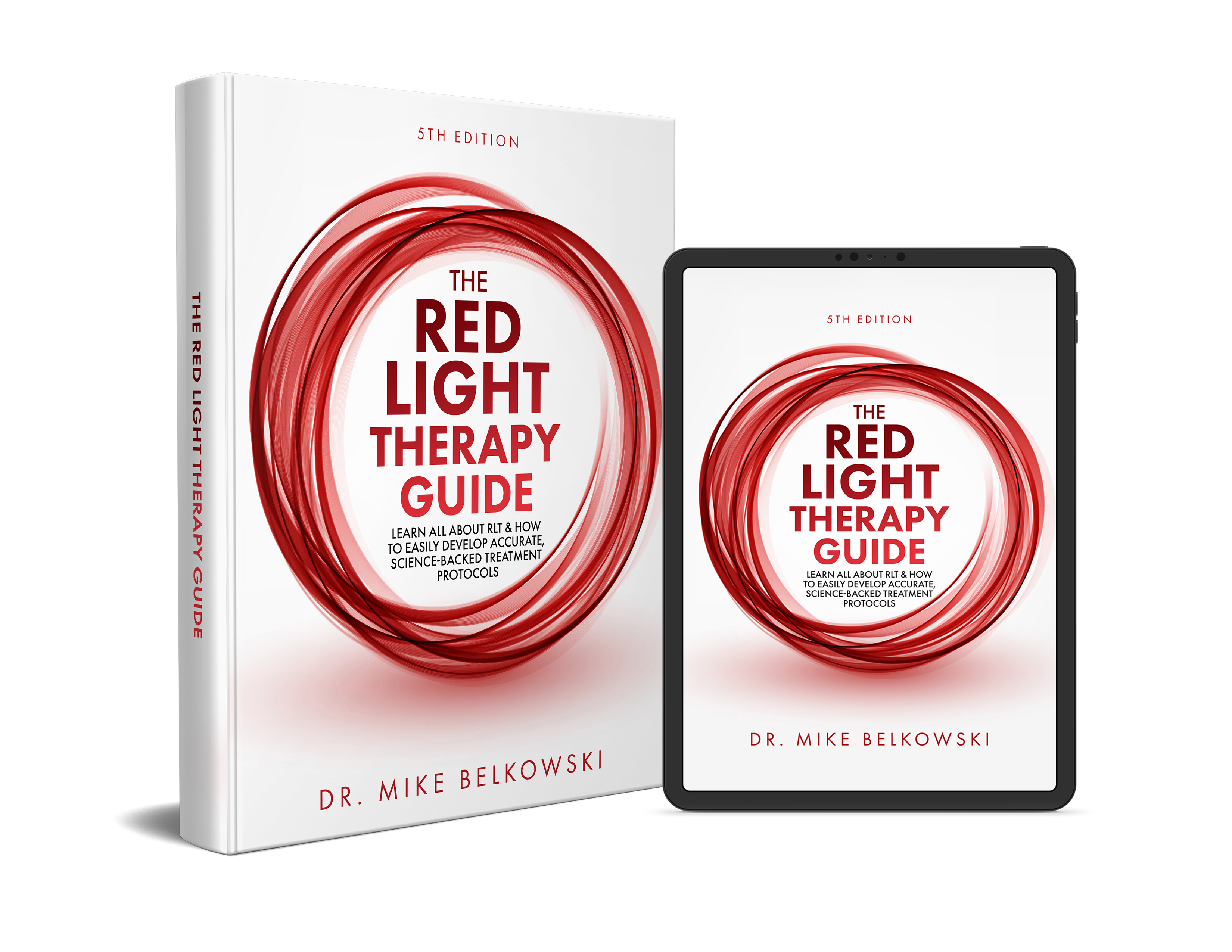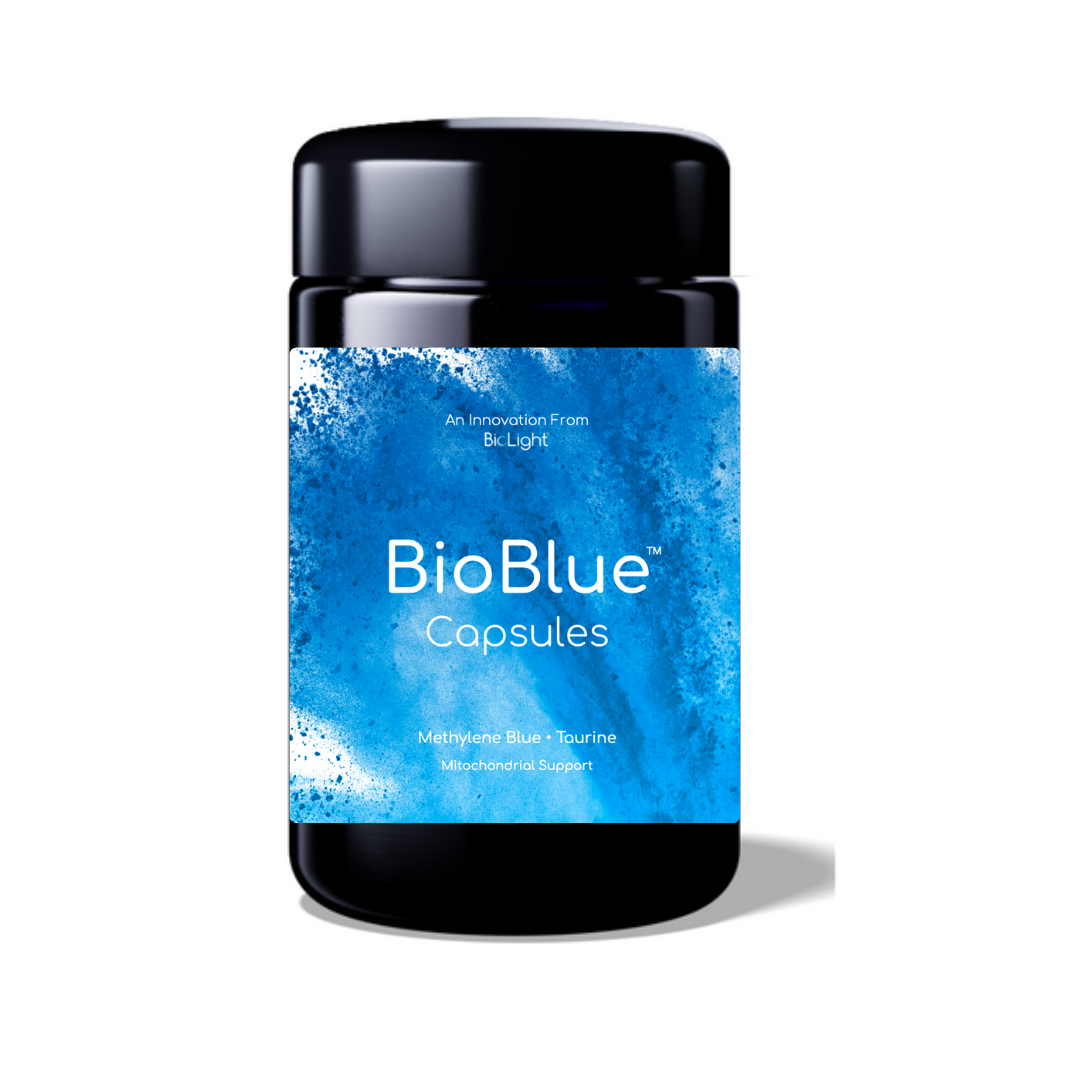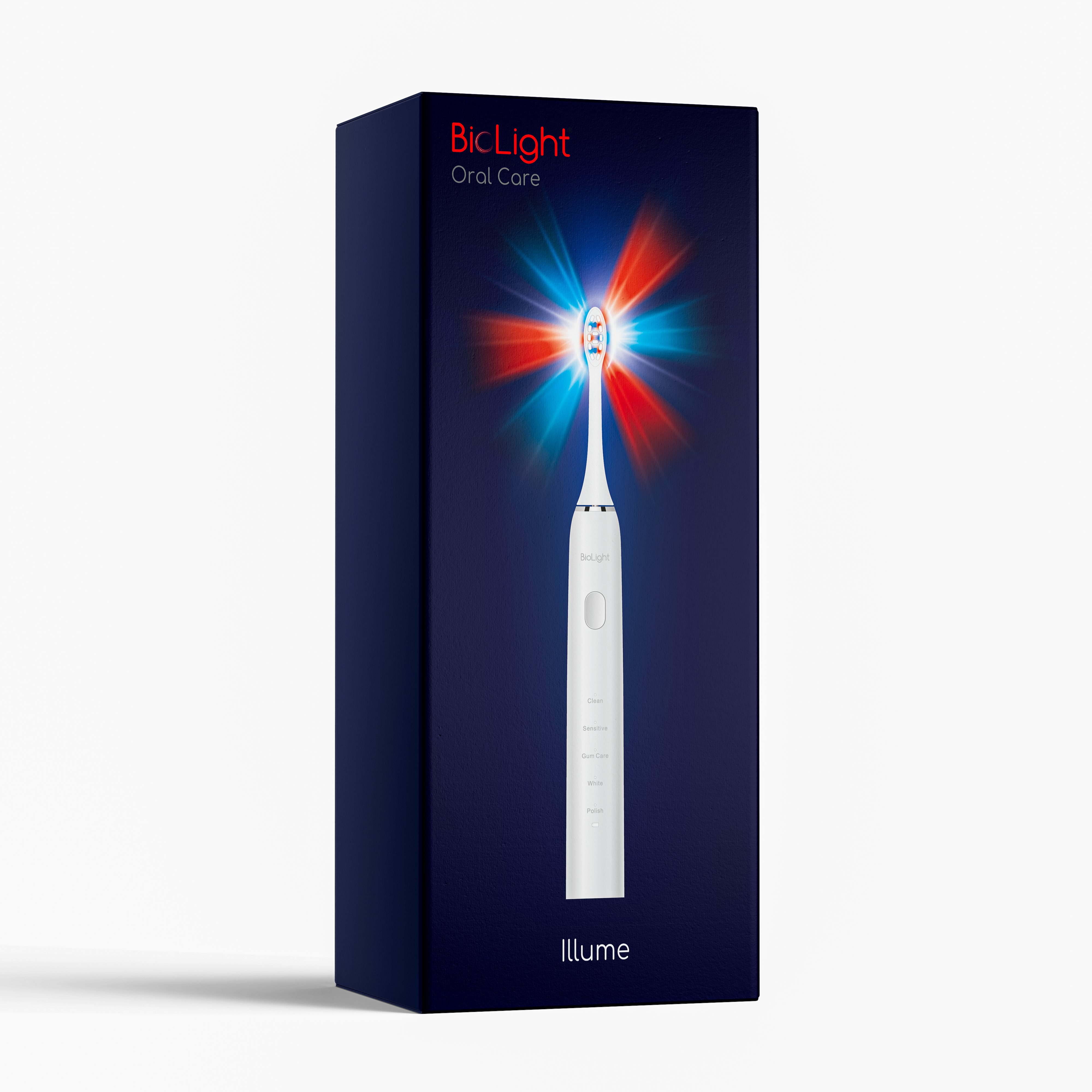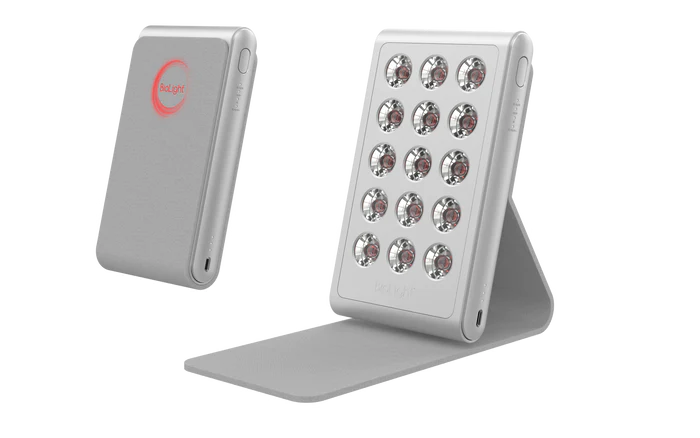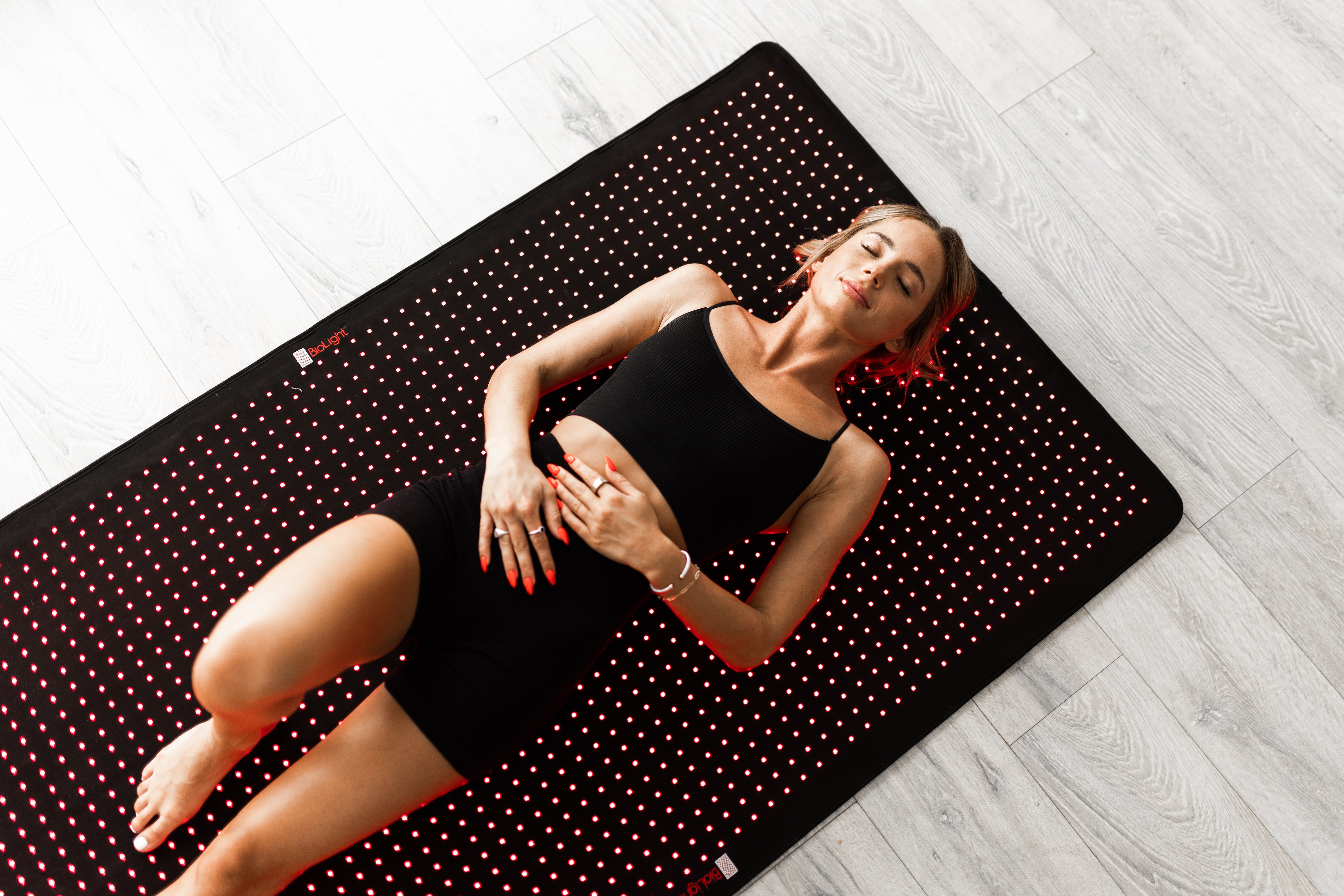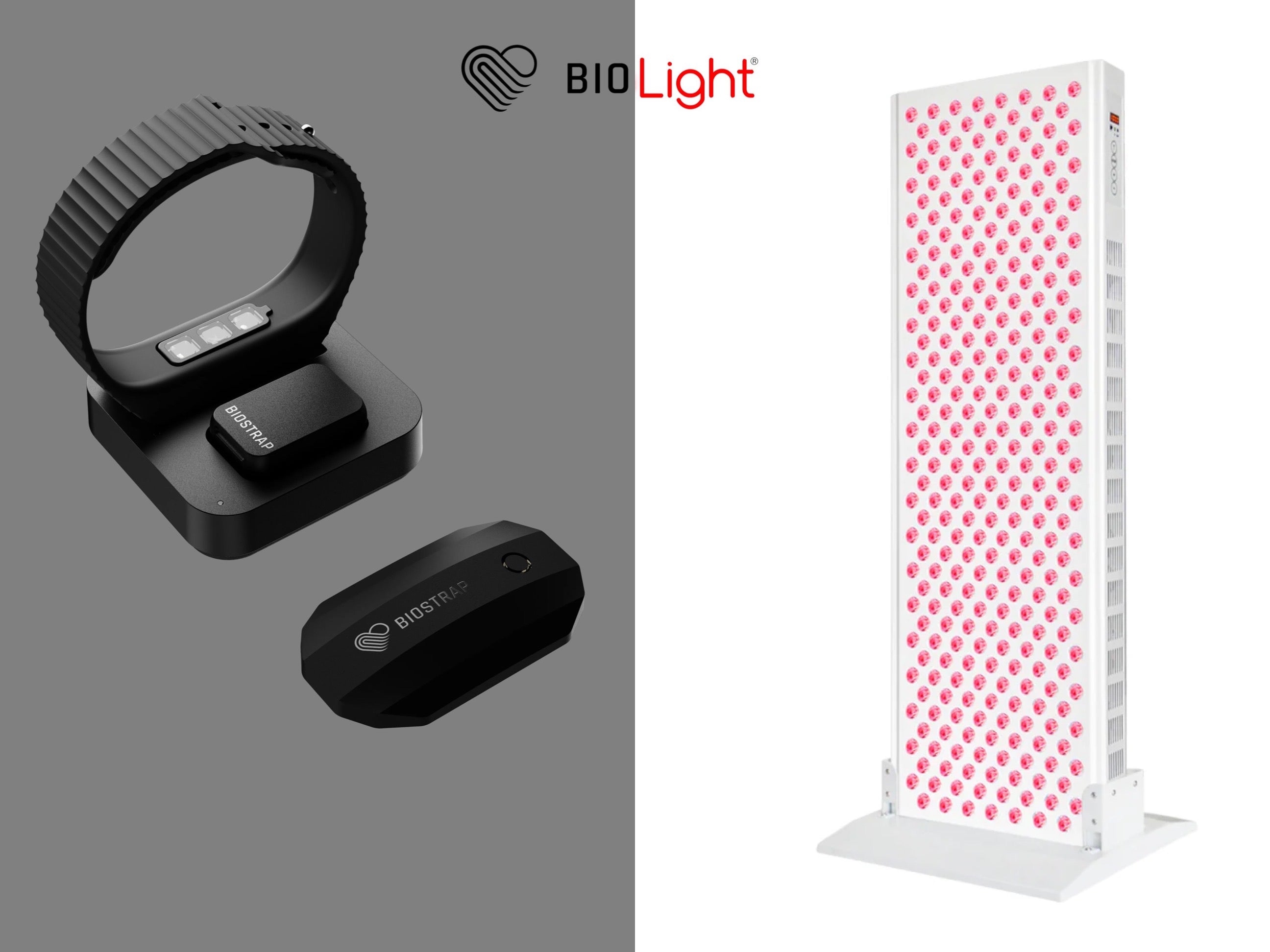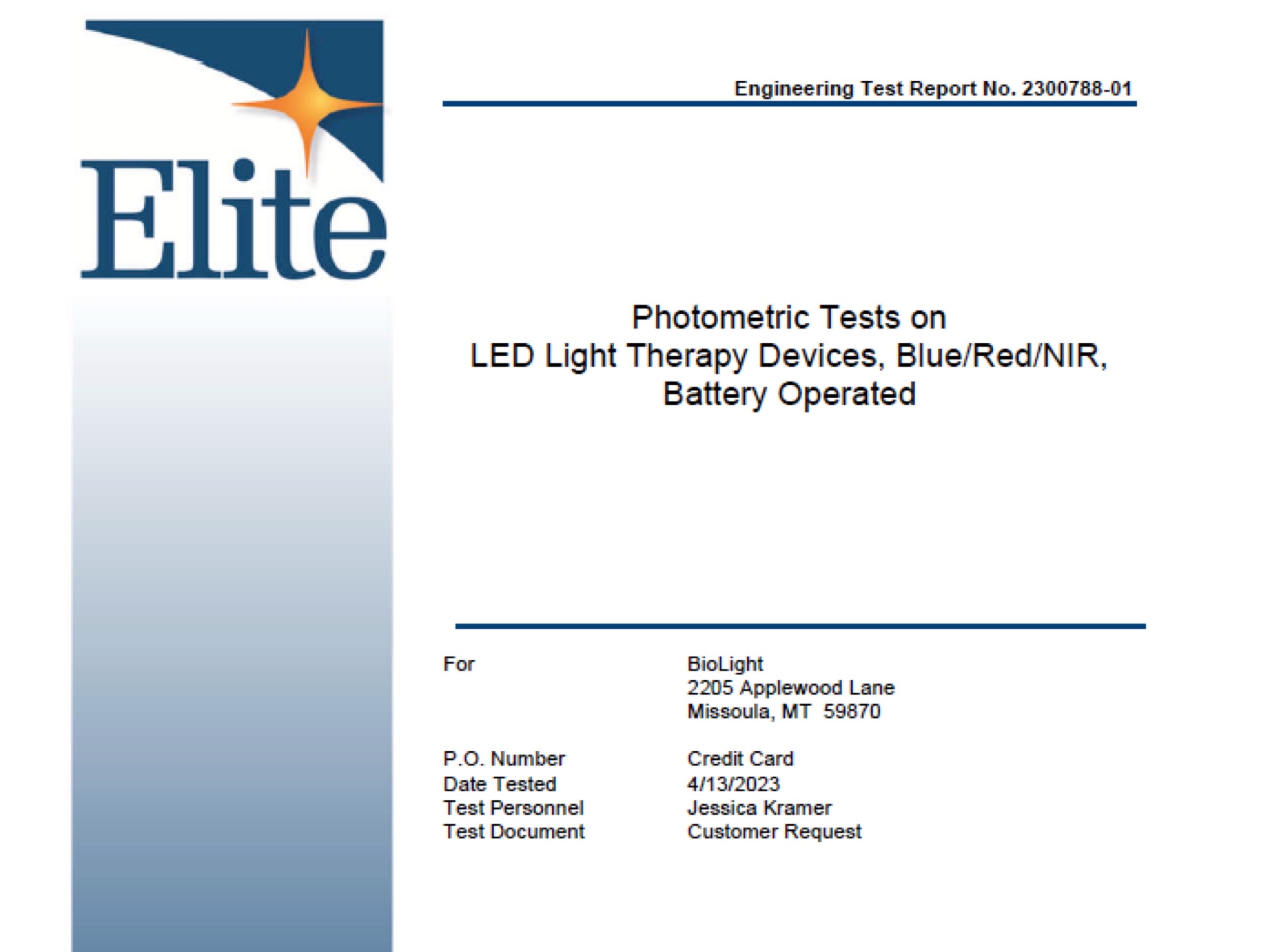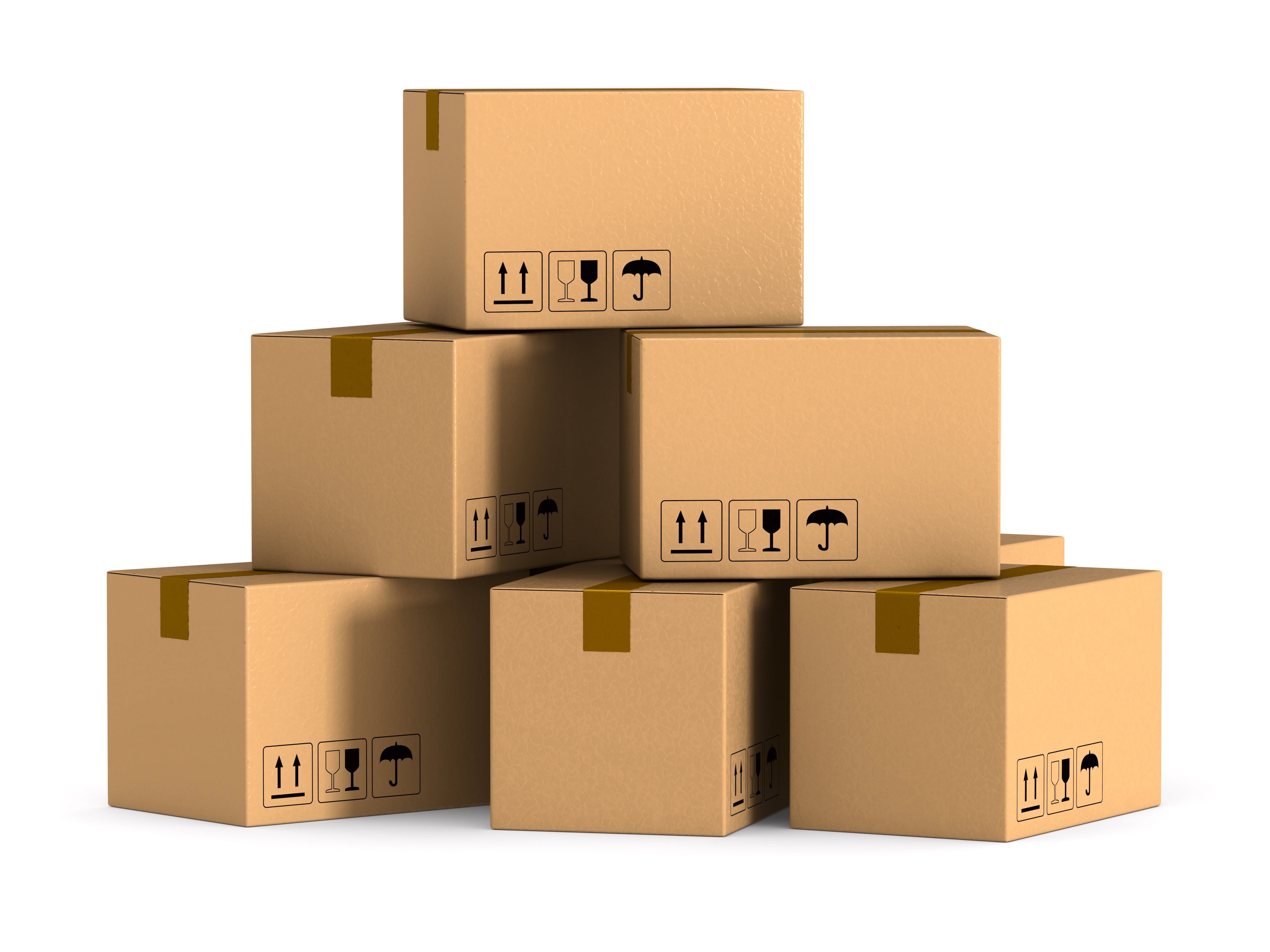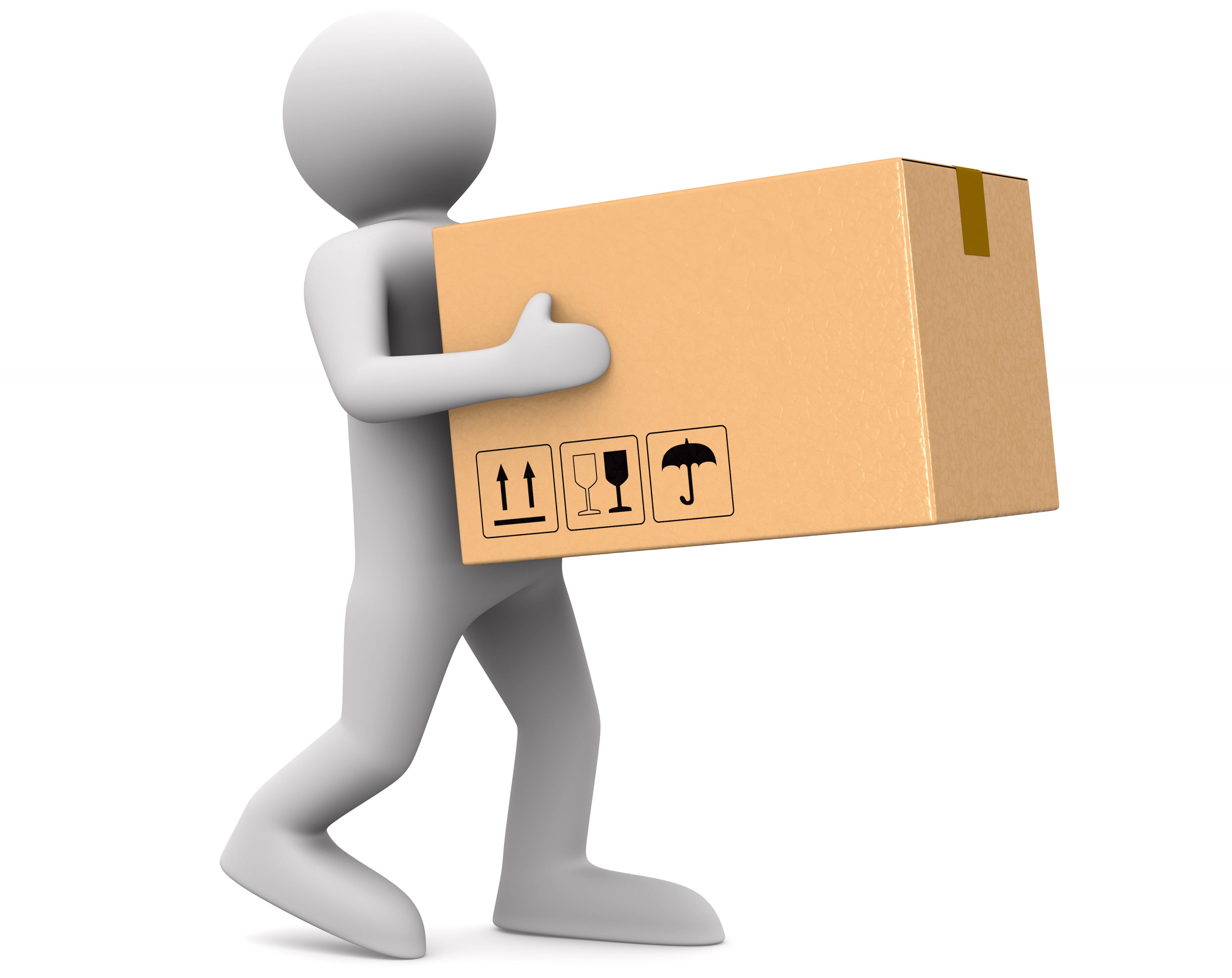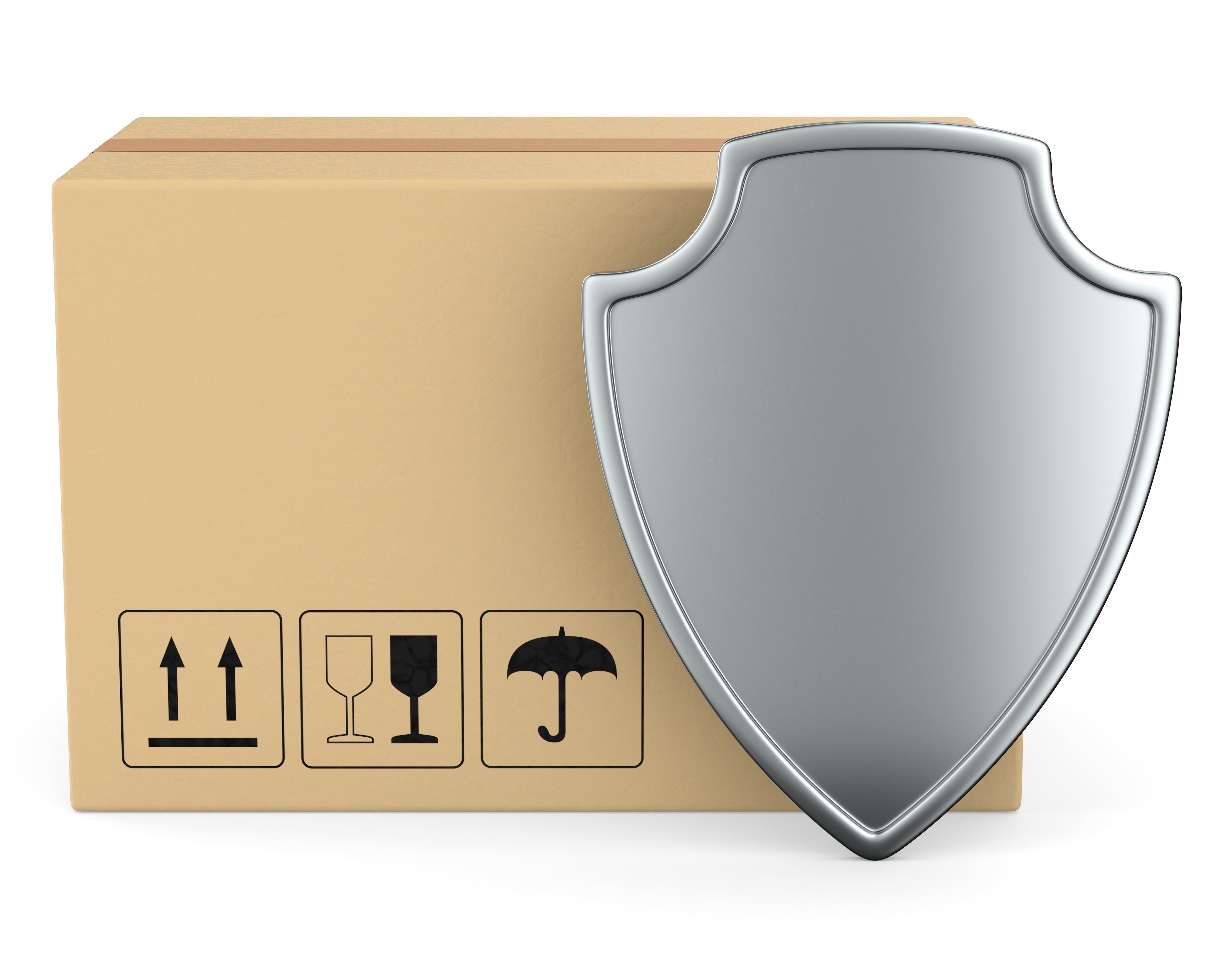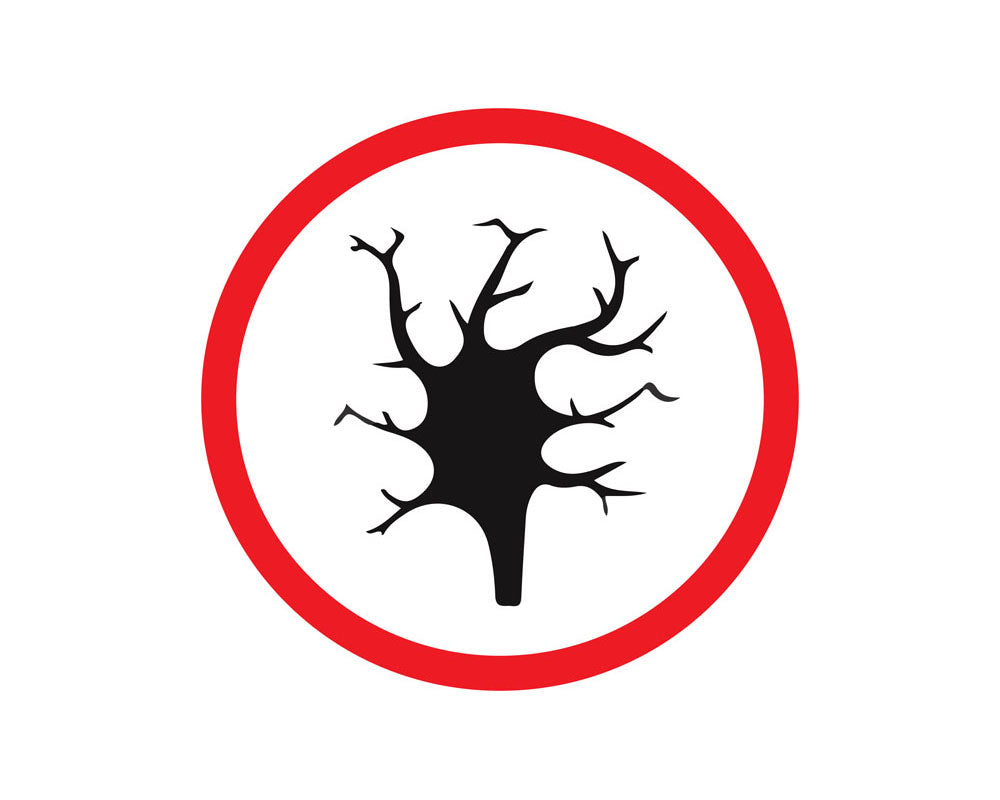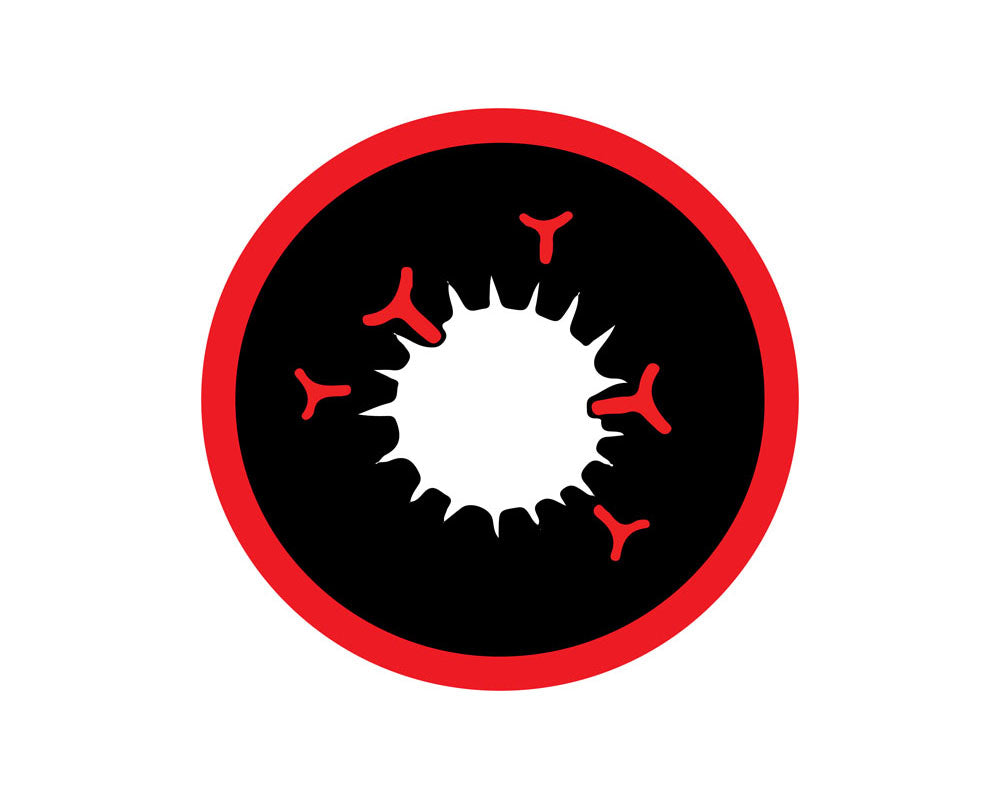How does RLT help?
Red/NIR light positively affects inflammation by inhibiting several cellular pathways and expression of enzymes, including COX-1 and COX-2, that are involved in inflammatory conditions.
The net effect: REDUCED INFLAMMATION.

Tell me more...
Chronic inflammation (now being called "inflamm-aging") is widely recognized as a major, if not the main, contributor to all chronic diseases -- ranging from heart disease, to Alzheimer's and fibromyalgia, to depression and chronic fatigue syndrome, to muscle/joint pain and organ diseases.
Red/NIR light is effective at reducing systemic inflammation, thus, is a powerful tool to help mitigate and reduce symptoms of chronic inflammation.
Research consistently demonstrates that red light therapy (RLT) is effective at reducing inflammation wherever mitochondria are present, which is EVERYWHERE! Not surprisingly, mitochondria are most dense in area where the most energy is required, such as the brain, heart and muscles.
Studies have revealed that RLT can produce anti-inflammatory effects that are comparable to non-steroidal anti-inflammatory drugs (NSAIDS), but without the deleterious negative side effects of degrading your stomach lining and small intestines.

What does the research show?
“In summary, it is possible to suggest that PBM inhibit inflammatory chemotaxis, modulation the balance of the pro- and anti-inflammatory characteristics of inflammatory cells.” (1)
“Taken altogether, these findings reinforce the ability of PBMT on positively impacting upon inflammation.” (2)
“We suggest that an underlying cellular mechanism involving modulation of ROS may downregulate the host immune response after infrared light exposure, leading to decrease in inflammation.” (3)
(Diabetic wound healing): “The systematic review concludes that PBMT regulates inflammatory cytokines levels, enhances cell proliferation, and migration, thereby improving the wound healing properties.” (4)
“This study showed that transcutaneous systemic irradiation reduced lung inflammation by altering mast cells degranulation and IL-10 level.” (5)
“The results suggested that there may be a link between a decrease in salivary sIgA levels and decrease in inflammatory processes after PBMT.” (6)
“The results suggest that red LED, according to the protocol used, modulates the number of inflammatory cells in the early stages of the healing of third-degree skin burns.” (7)
“Taken together, our data indicate that transcranial photobiomodulation can improve the inflammatory response and the activation of intracellular signaling proteins linked to vascular function and cell survival in the aged brain.” (8)
"Photobiomodulation also known as low-level laser/light therapy, is a rapidly growing approach to stimulate healing, increase tissue regeneration and reduce pain and inflammation." (9)
"In the medium term there is a decrease of local edema and a reduction of inflammation within hours to days. The action of low-level laser therapy in reducing swelling and inflammation has been well established in animal models as well as in clinical trials.” (10)
"Far red/infrared low-level laser and LED therapy are used to promote wound healing and to treat several kinds of pain, including low back pain, osteoarthritis, tendinopathies, fibromyalgia, muscle fatigue, wounds, and temporomandibular joint disorder, as well as (reduce) edema and inflammation, peripheral nerve injuries, plantar fasciitis, male infertility and strokes." (11)
**While the current scientific research seems to indicate many positive benefits of RLT in relation to reducing systemic inflammation, there is still an appreciable necessity for more extensive research to be conducted in this area, including double-blind RCT (randomized controlled trials), to provide a more comprehensive, robust overview that will further elucidate the optimal parameters and appropriate uses of RLT, which will ultimately lead the most safe and efficacious uses for individuals attempting to reduce their systemic inflammation.
